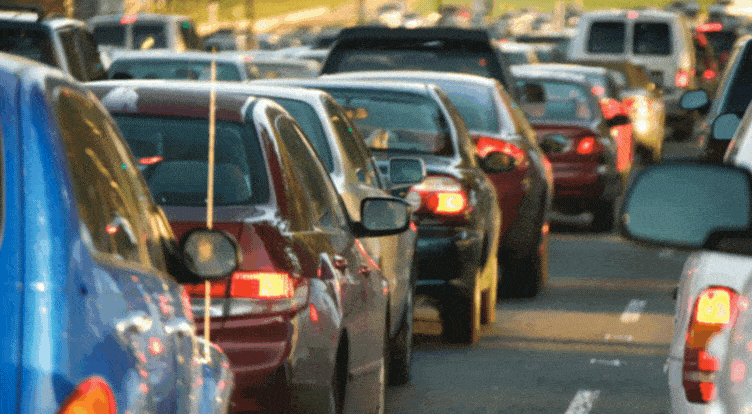
Did you know that 43% of the US road system is in poor or mediocre condition? In the 2021 Infrastructure Report Card, roads were given the grade D! This problem costs motorists more than $1,000 per person every year in wasted time and fuel expenses.
When planning better main roads and highways for users including motorists, passengers and truck drivers, vehicle data can be a huge helping hand. Here are 5 things to think about when you are looking to improve the highway traffic management in your city:
-
The Importance of Real-time Data…
Edge computing and ultra-low latency technology (helped along by 5G) is offering the access and utility of real-time traffic data for the first time. This means that connected vehicles can communicate and react faster than ever before, whether that’s sending acceleration and speed data to share with traffic signals to reduce congestion, or to offer alternate route planning for cold-chain management when time is of the essence. There’s also a measurable impact for health and safety to consider. There are more than 3,000 distraction-related deaths each year in the US alone. Real-time data can be used to provide in-the-moment information on dangerous behavior or inattentive drivers to seriously slash this number with quick time to value.
-
…and Historical Data, too
Real-time data is important for quick decision making in highway traffic management, but historical data is just as important. By looking at information over time, trends and patterns can be isolated that allow for intelligent choices by businesses, governments and municipalities at a much higher level. If you see that the number of vehicles on a certain highway is rising over time for example, this could allow you to get buy-in for the addition of an extra lane, reducing congestion and user frustration. In Wales last year, data was used to track reduced toxic pollution levels, after the introduction of a 50mph speed limit. The government found that emissions dropped by 47%, and as a result England has plans to implement similar schemes.
-
Introducing Smart Road Signage
Dynamic road signage makes a lot of sense, but they don’t work without the data to back it up. Rather than implement a standard speed limit for example, the number of vehicles, the time of day, local events, or information on congestion could dictate what speed is set at any given point in time. Traffic signals could follow a similar process, avoiding the frustration that all drivers have felt while waiting at what they consider to be a “pointless” stop sign. Wireless traffic signs would even allow signage to be transmitted OTA into a vehicle via the infotainment center or dashboard, eliminating the challenges of poor visibility, lack of knowledge, and subjective decision-making about the placement of signs in the first place. This would also allow temporary information to get to drivers faster, such as information on an accident up ahead, or weather patterns en-route to a programmed destination.
-
The Needs of Public Infrastructure
Emergency services and public transport is part of an existing infrastructure that can be augmented with the help of vehicle and traffic data from the wild. The hour after an accident occurs is known as the “Golden hour”, where critical injuries need treatment and decisions need to be made fast. Unfortunately, in rural areas, 36% of fatal crashes have response times of more than one hour. Real-time data could automatically trigger emergency services being called to the scene, with information on congestion, location or historical trends helping to decide on whether to send road or air ambulances, as just one example. Long-term data can also be used by municipalities and city governments to decide on new routes for public transport, or back supportive public infrastructure such as charging stations for e-vehicles or well-placed service stations for tired truck drivers.
-
Enhanced Communication with Users
Up to date vehicle data can be used to curate a much better experience for motorists, whether they are driving for leisure, or as part of their work. Truck drivers (and their managers) can be automatically alerted when they have been on the road too long and need to take a break. Motorists can be advised of upcoming congestion and provided with an alternate route before it becomes a problem. Electric car owners can access battery levels and the nearest local charging station to their current location or their ultimate destination. If this data is considered as part of highway planning, businesses and individual motorists who utilize the roads will be able to access a much better quality of service and communication.
Bottom line? If you’re involved in highway traffic management and planning – don’t forget the data. Ready to talk about your own business context for using connected vehicle data? Get in touch and we’d be happy to chat it through with you.











More Stories
What You Should Know Before Filing a Car Accident Claim
Injured in a Car Accident in St. Louis? Here’s What to Do Next
Historic Sportscar Racing (HSR) and Goodyear Announce Multi-Year Partnership